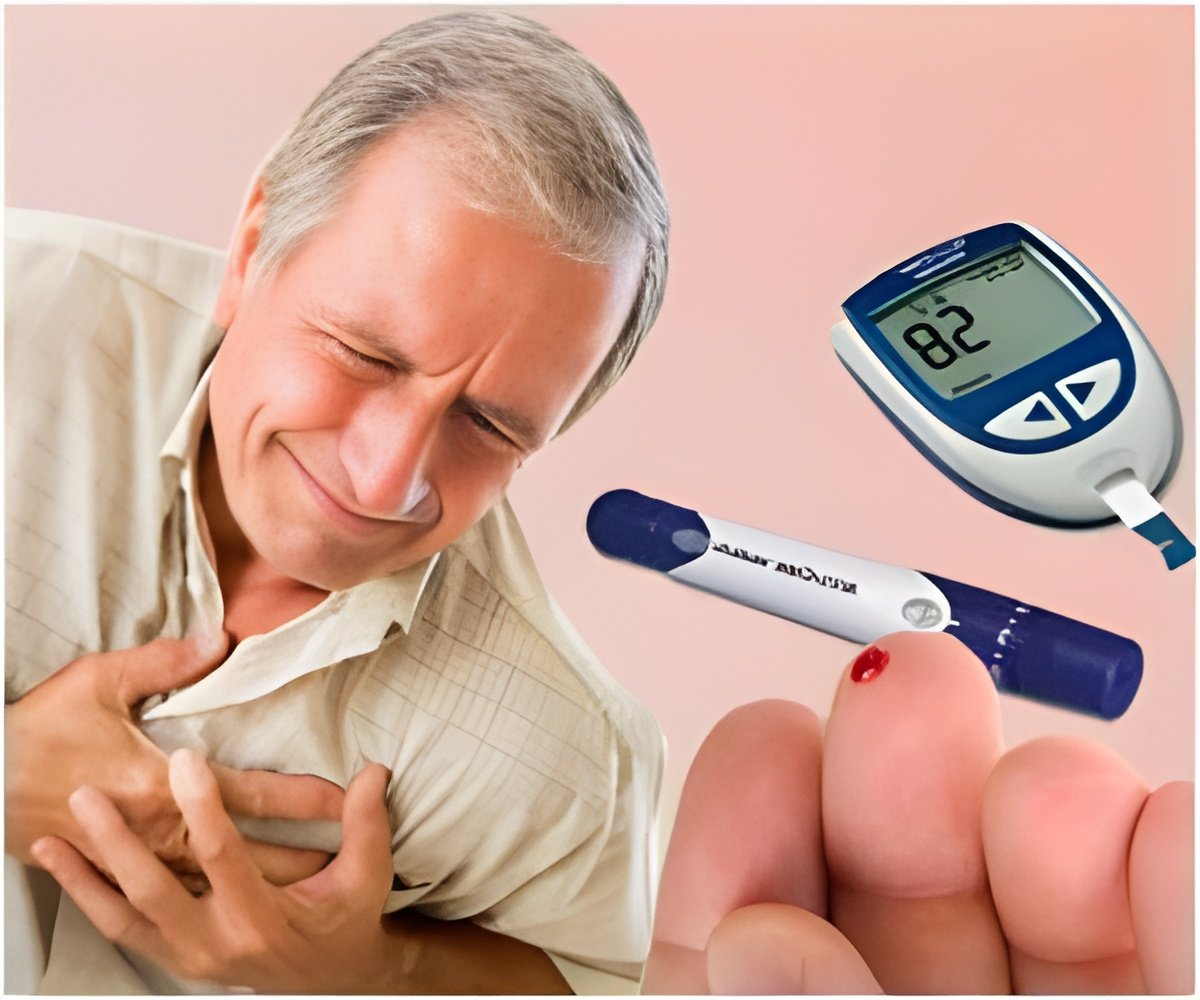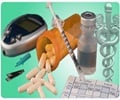Prediabetes is a pre-diagnosis of diabetes, when a person's blood glucose level is higher than normal, but not high enough to be considered diabetes.

- Pre-diabetes is when a person is prone to get diabetes and has blood glucose levels higher than normal.
- When fasting glucose concentration is 100 mg/dl or 5.6 mmol/L, it is termed pre-diabetes.
- Prediabetes is associated with increased risk of heart disease even before they are diabetic.
For example, the World Health Organization (WHO) defines prediabetes as fasting plasma glucose of 110 - 124 mg/dl (6.1-6.9 mmol/L), while the 2003 American Diabetes Association (ADA) guideline recommends a cut-off point of 100- 124 mg/dl (5.6-6.9 mmol/L).
Results of studies on the association between prediabetes and risk of cardiovascular disease and all cause mortality are also inconsistent. Furthermore, whether raised hemoglobin levels for defining prediabetes is useful for predicting future cardiovascular disease is unclear.
So a team of researchers from the affiliated Hospital at Shunde, Southern Medical University in China analyzed the results of 53 studies involving over 1.6 million individuals to shed more light on associations between different definitions of prediabetes and the risk of cardiovascular disease, coronary heart disease, stroke, and all cause mortality.
They found that prediabetes, defined as impaired fasting glucose or impaired glucose tolerance, was associated with an increased risk of cardiovascular disease and all cause mortality.
The authors point to some study limitations that could have influenced their results, and say pulling observational evidence together in a systematic review and meta-analysis is a good way to consider all the evidence at once, “but we cannot make statements about cause and effect. We would need to look at experimental evidence for that."
Source-Medindia















